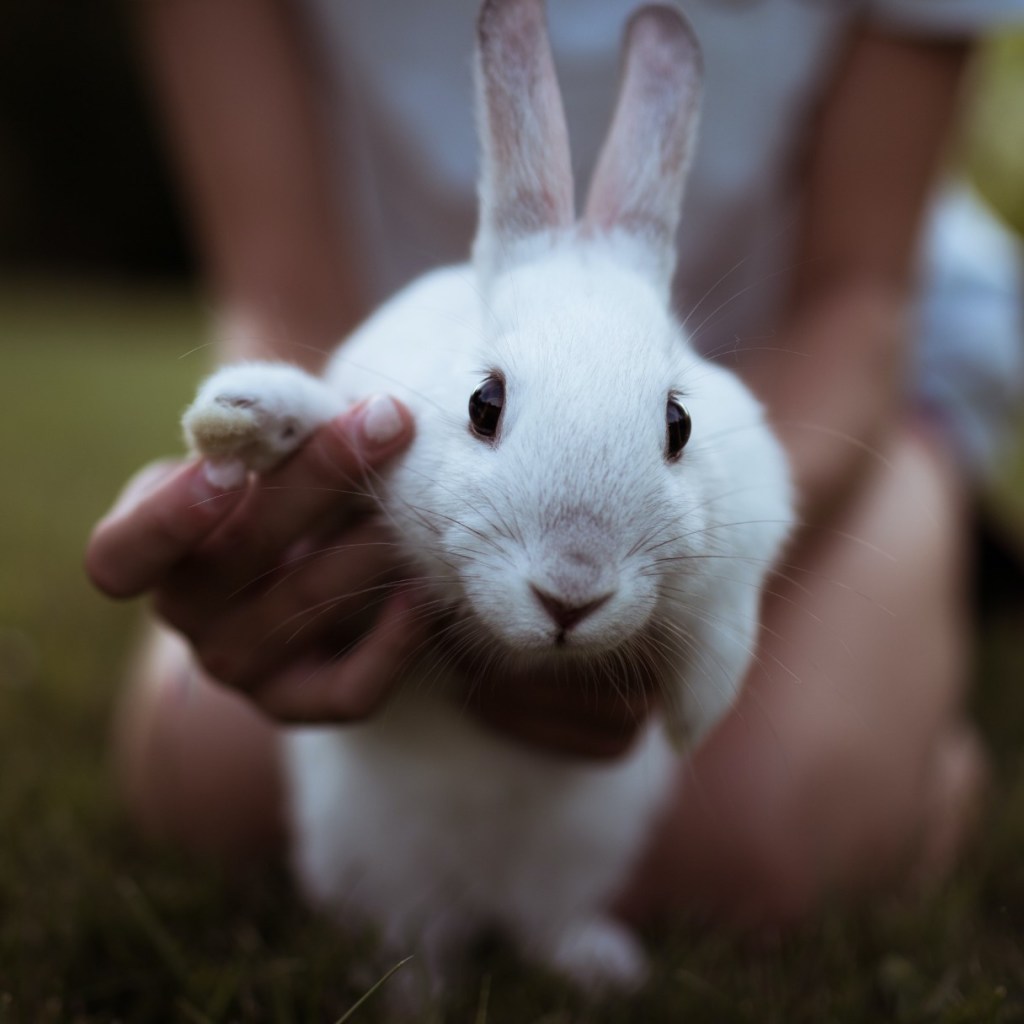Rabbits are pleasant house pets that are a delight to care for when you know how to keep them happy and healthy. Like other beloved animals, a pet rabbit’s life expectancy depends on their breed, diet, and other living conditions. What is a pet rabbit’s lifespan? Let’s dig a little deeper and answer some important questions, such as how long your adorable pet rabbit lives and how we can extend their years.

How long do rabbits live?
Life expectancy by breed
Here’s a fun fact: The oldest rabbit that ever lived was 18 years old! By contrast, wild rabbits only live between one to two years. On the other hand, pet rabbits have a life expectancy of eight to 12 years. Like dogs, larger breeds tend to have a shorter lifespan while smaller rabbits often live at least 10 years.
While there are more than 300 domestic rabbit breeds, some petite pet rabbit breeds include the Mini Lop, Mini Rex, Holland lop, English Angora, and Netherland dwarf. Other rabbits with long life expectancies include the American rabbit, Lionhead rabbit, and Harlequin rabbit. Of course, size alone doesn’t determine your pet rabbit’s life expectancy. A larger breed can live longer than a dwarf if you provide nutritious food, space to roam, regular social interactions, and mental stimulation.
Here are the important factors you need to know if you want to extend your pet rabbit’s life.
How can I extend my pet rabbit’s life expectancy?

● Food is a crucial part of your pet rabbit’s life. Television might have convinced us that rabbits just need pet store pellets to stay healthy, but this is simply not the truth. Rabbits need hay or grass to chew on, as this constitutes the bulk of their diet. All this hay also helps grind down rabbit’s teeth, which continuously grow as they get older. Incorporate different vegetables and leaves when possible to make up for missed nutrients. Lastly, make spare use of store-bought pellets. When you do supplement with pellets, opt for high fiber brands.
● Exercise needs to be part of your pet’s daily routine, so as to maintain a healthy weight for your rabbit. You might not have enough room for a backyard pen or coop, but make sure you let your rabbit free so they can get ample exercise. Supervise them indoors to make sure they don’t get into anything troublesome – both for their sake and yours! Keep an eye out for open wires, crown molding, carpeting, and papers. Rabbits love to chew, nibble, and bite, so it’s best to keep important items out of the way.
● Mental stimulation is fundamental to a pet rabbit’s long-life expectancy. Whether it be a paper castle, chew toys, or old cardboard boxes, your pet rabbit will enjoy the stimulation.
Other types of enrichment include socialization, opportunity for wandering in a new play area, and obstacle courses. You may consider purchasing a companion for your little companion, and this is a good idea! It’s recommended to have one neutered male and one spayed female of similar ages for the best chances of a successful friendship. This brings us to the next factor.
● Spayed or neutered rabbits tend to live longer than their counterparts. Unfortunately, rabbits can develop reproductive organ cancer and other diseases. Take them to the vet for these procedures to help increase their lifespan. Additionally, this makes it easier for you to introduce different rabbits to each other for optimal socialization.
● It’s no surprise that stressed pet rabbits lead shorter lives than comfortable rabbits. If you have other pets or young children in the home, your rabbit may feel overwhelmed. This is especially true if your pet or young children tend to be rowdy with or around your rabbit. If this is the case, keep your pet rabbit safely tucked away in another room or a higher elevation where they can eat, observe, and nibble in peace.
● Visit your vet regularly so it’s easier for you and your pet’s doctor to notice when something is amiss. Routine physical exams also help prevent diseases through early diagnosis. This way, when there is a problem with your pet, you and your vet can figure out a way to treat it as soon as possible.

The bottom line is this: Your pet rabbit’s life expectancy can reach the double digits easily with the right food, housing situation, and living conditions. Rabbits are social, playful, and curious so regular socialization, toys, and a place to explore are necessary to keep them happy. Keep our tips in mind as you take the next step and prepare for your pet rabbit’s homecoming.
Editors' Recommendations
- A simple guide to what to feed tadpoles in your aquarium
- Is my rabbit pregnant? 5 telltale signs you should know
- Best reptile pets: These are the 5 most affectionate reptiles you can welcome into your home
- Can you make a profit breeding your bearded dragon?
- 3 reasons not to give pet rabbits, baby chicks, or ducks this Easter



